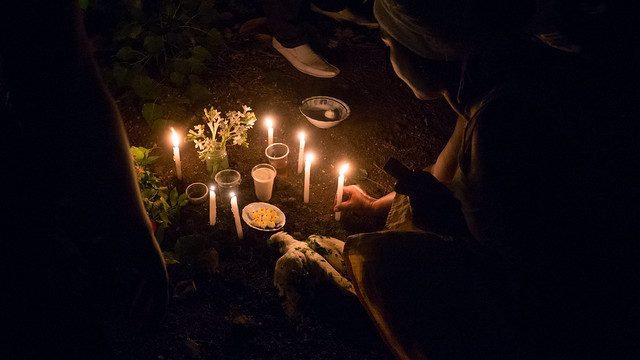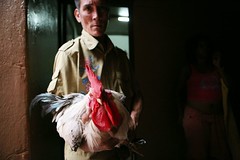 |
What is Wattpad?
If you haven't heard of Wattpad, you haven't yet fully joined the era of Internet and social media savvy readers and writers.Wattpad is the Internet sensation and brain child of friends Allen Lau and Ivan Yuen; who each dreamed of using social media to revolutionize how we tell and share stories.
"Their realization: that user generated content, social networking and mobile phones were all that was needed to enable the future of storytelling." ~ Two minds: Allen Lau and Ivan Yuen. One idea: to use social media and mobile phones to build a network of readers and writers.You can learn all about how they got together in 2006, to take advantage of the changes in technology, and the building of Wattpad in the article, Two minds/One Idea, through the link above.
The end result, or should I say the beginning, of their collaboration became Wattpad, an online community using social networking and mobile smart phone technology to advance, share and enjoy the written word.
Wattpad is a writing community in which users are able to post articles, stories, and poems about anything either online or through the Wattpad app. The content includes work by undiscovered and published writers. Users are able to comment and like stories or join groups associated with the website. ~ WikipediaAuthors are always searching new methods of reaching a reading audience and Readers are always in search of new and exciting books. The idea of bringing the two together and of harnessing technology to facilitate their joining is brilliant.
All this started 7 years ago before social networking and media took over our telephones. Today, Wattpad is one of the largest social networks going and they are entirely devoted to sharing and discovering literature! That’s right, a whole forum of interaction devoted to writing and reading.
How many times have you as a reader chewed your finger wishing you had something to read; and how many times have you authors agonized about getting your book under the nose of a reader?
Today's readers aren't just looking for a good read, they are looking to engage, contribute, and connect in ways that readers of yesteryear did not. Some of the best and most well known writers of this century are those who have embraced a two way conversation with their fans. Social media is not only a marketing tool it is a creative tool allowing writers and readers to interact, communicate and grow together. Writers are able to test ideas, and improve their work using fan based feedback and comments. Readers become personally attached to their favorite books and authors, they share with their friends at the click of a link button those authors and books they enjoy. A match made in heaven, or in this case, Toronto Canada, the home base of Wattpad.
In the words of Wattpad . .
- All You Need are Words: You don't need a publisher, editor, or finished manuscript to write on Wattpad. Anyone can share their writing. Anything you post on Wattpad can be published in as many other places as you like. We don't demand any rights to your work, or any control over where you share it.
- Writing Socially and Serially: One of the greatest benefits of Wattpad is a direct connection between writers and 30 million readers, all over the world. Readers receive notifications whenever a new chapter of a story is posted. Many writers share their work serially: posting stories one chapter at a time, so readers keep coming back.
- Amplifying Authors: Published authors use Wattpad to amplify their online presence. They post short stories and drafts, or attract new readers by sharing the first part of a series. Our readers are socially engaged, and the writers who prosper on Wattpad are the ones who embrace this direct social connection with their fans.
According to Wikipedia, as of April 2014
- 85 percent of Wattpad's traffic and usage comes from mobile devices [13]
- 25 million unique visitors per month [13]
- over 1,000 story uploads per day [14]
Friends of Ink Slinger's Whimsey found on Wattpad . . .
- Author of the paranormal fiction, Spirian Saga, Rowena Portch
- Author of the Osgoode and Remembrance Trilogies, Mary E. Martin
- Reviewer and author Fran Lewis
- Author of 27 Things to Feng Shui Your Home, Tisha Morris



